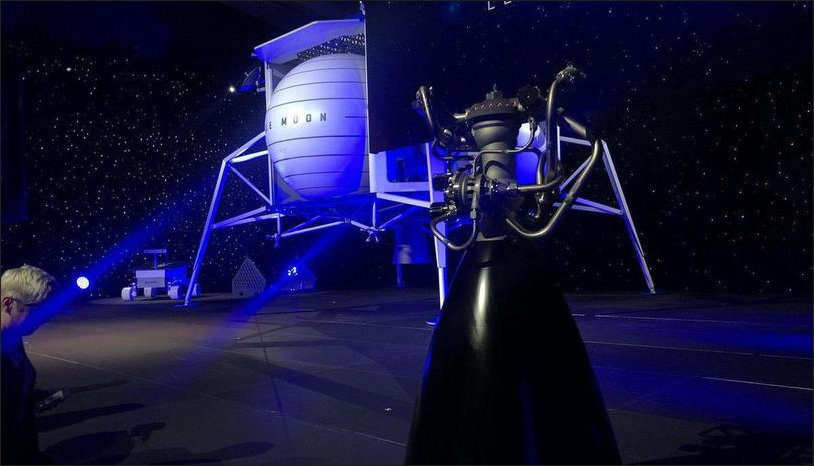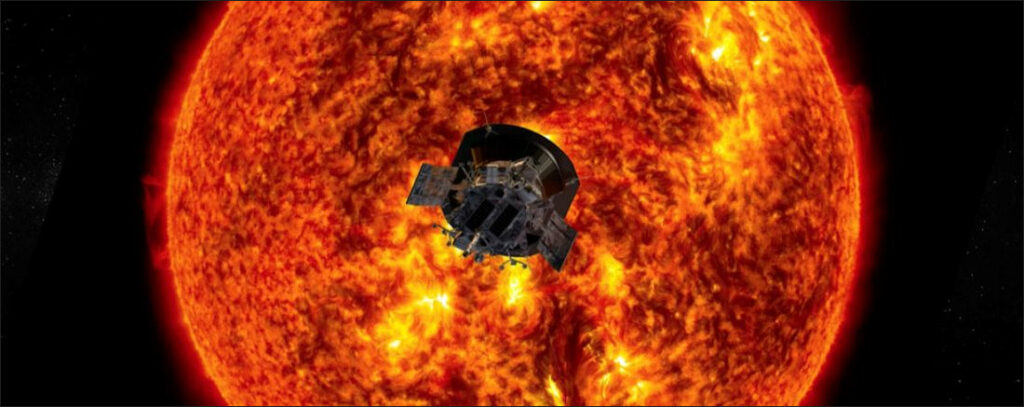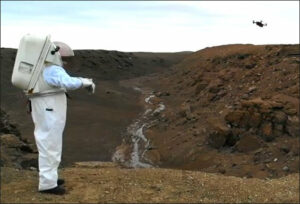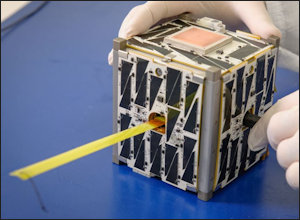
Jeff Bezos, founder of Blue Origin, unveiled a lunar land last week that he said will transport equipment and possibly human beings to the south pole of the Moon by 2024.
In a a presentation in the state of Washington, Bezos said the lander can transport 3.6 metric tons to the lunar surface. Under development for the past three years, the lander will be capable of carrying scientific instruments as well as rovers for exploration, reports Republic World.
Bezos also unveiled the company’s BE-7 rocket engine, which he declared will be test-fired soon. Many parts of engine were 3D printed.
Said Bezos: “We were given a gift — this nearby body called the moon. The moon is a good place to being manufacturing in space due to its lower gravity than the Earth. Getting resources from the moon takes 24 times less energy to get it off the surface compared to the Earth, and that is a huge lever.” more “Blue Origin Unveils Lunar Lander”


 Collins Aerospace and Ntention, a Norwegian startup. are developing “smart gloves” that hopefully will allow astronauts to direct the movements of drones on the Moon and Mars.The collaborators recently conducted their first field test of the gloves at the Haughton-Mars Project Research Station in Canada’s high Arctic, reports
Collins Aerospace and Ntention, a Norwegian startup. are developing “smart gloves” that hopefully will allow astronauts to direct the movements of drones on the Moon and Mars.The collaborators recently conducted their first field test of the gloves at the Haughton-Mars Project Research Station in Canada’s high Arctic, reports 
